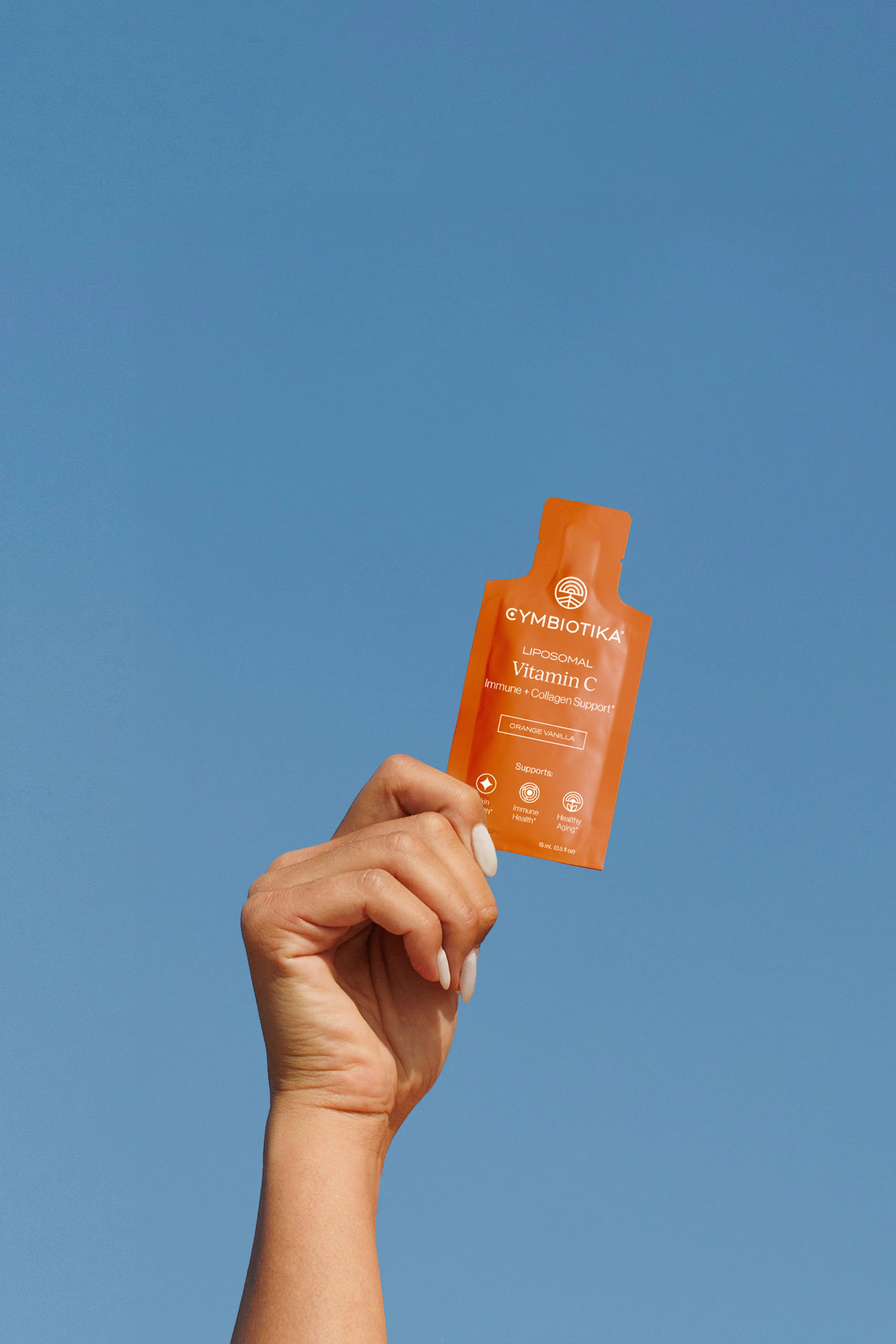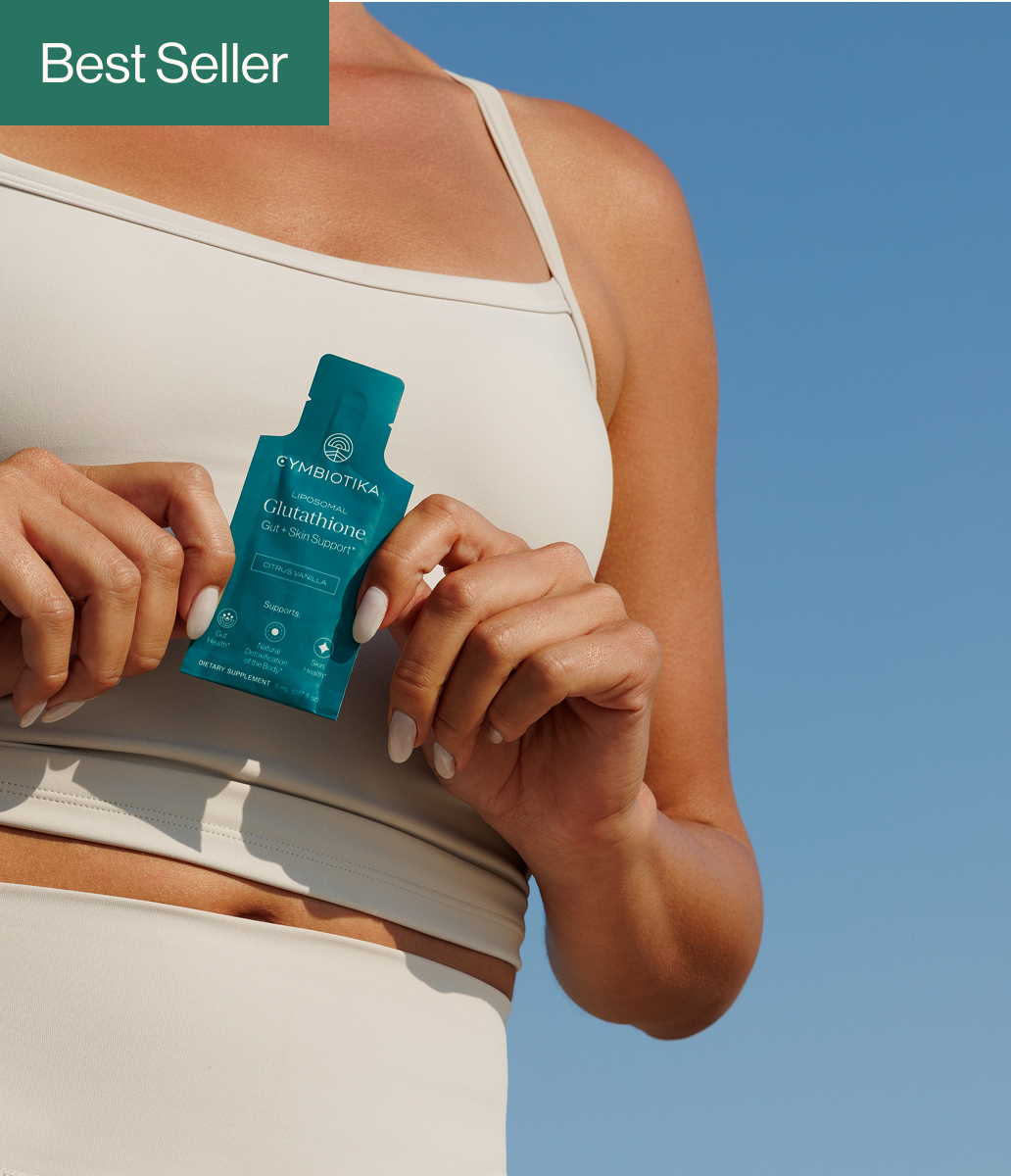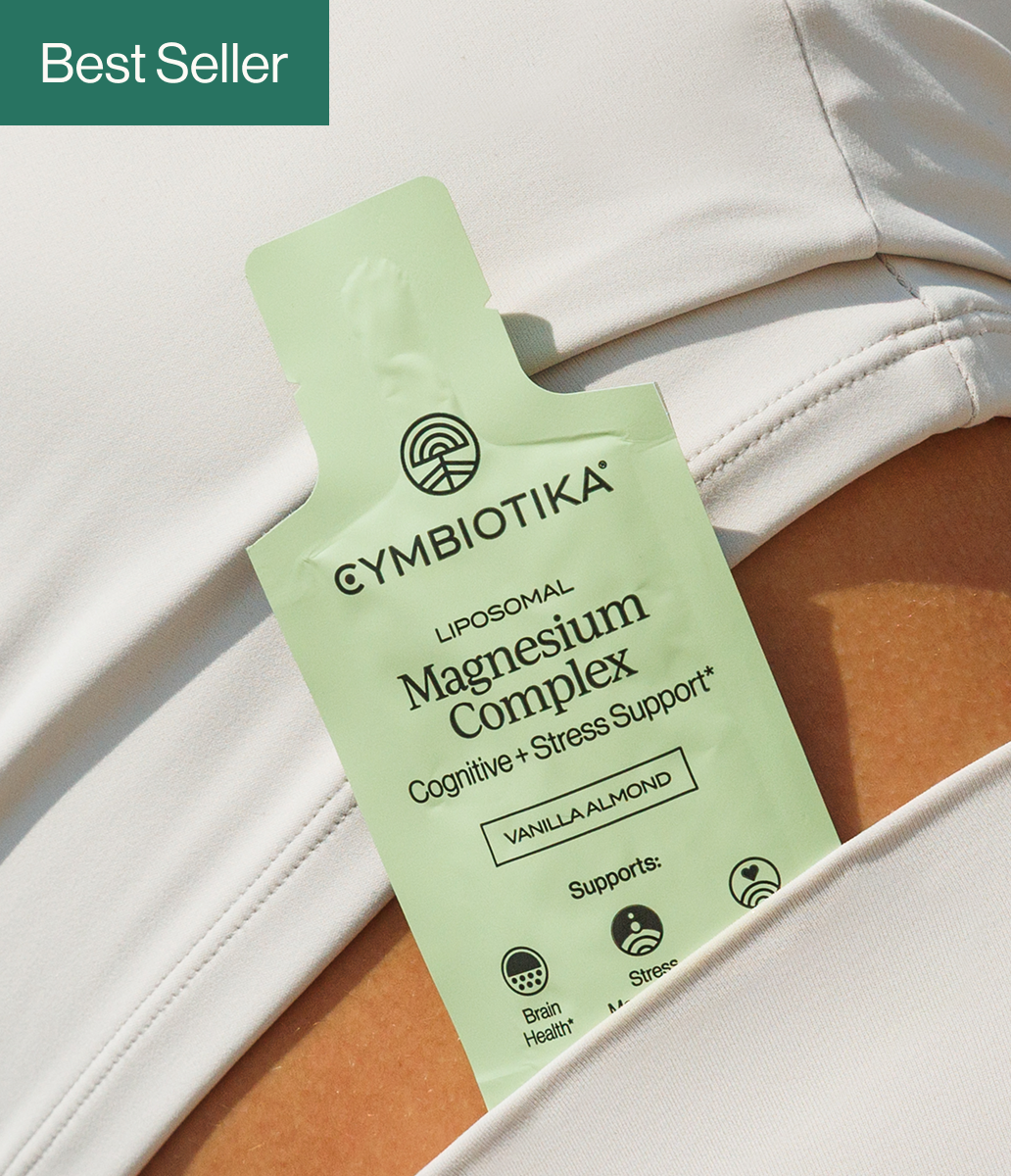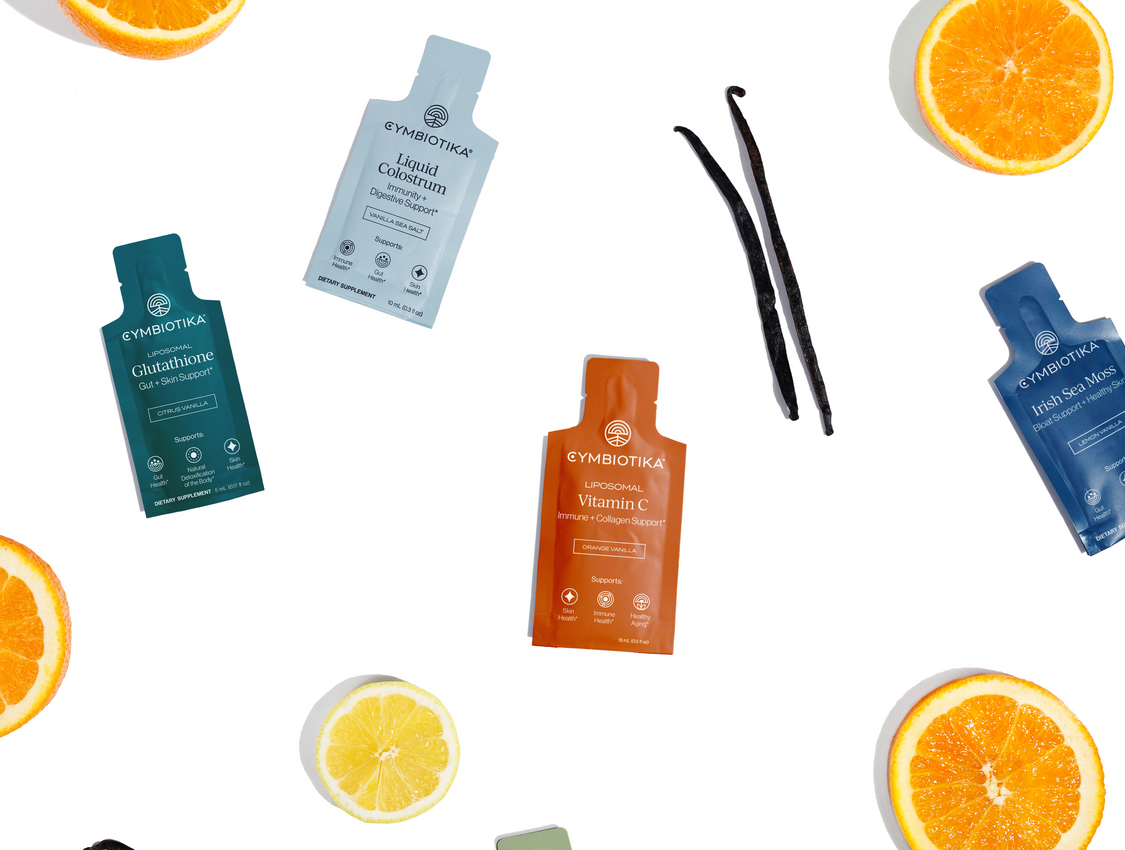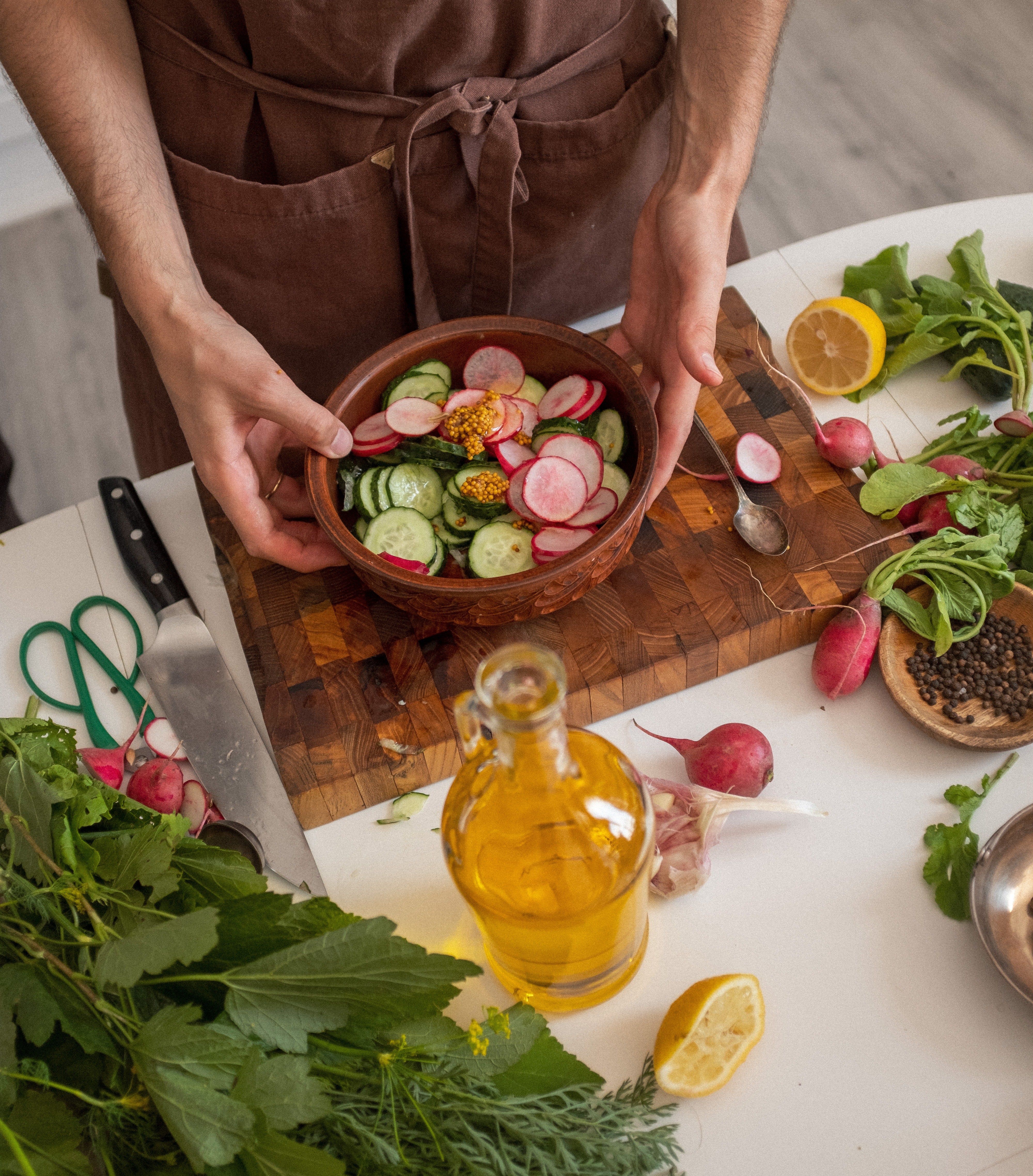
Have you decided that the time has come for a whole-body detox? Wonderful!
Detoxing, or cleansing, can help you eliminate bodily toxins, common pollutants like synthetic chemicals, processed foods, and heavy metals—all of which can negatively impact your health. And the cherry on top is that a cleanse can promote improved wellness habits, especially if you use it as a jumpstart for a new health routine.
Eliminating toxins through a cleanse is a whole-body effort; it requires the liver, kidneys, digestive system, and lungs to work in harmony. So, if you want the process to function as intended, you need to eat the right detox food and of course there are foods to avoid during your detox.
But what are the foods to eat while detoxing? Here are twelve you need to know.
What Does a Healthy Detox Diet Look Like?
Before we begin, let’s clear the air of some misconceptions and pseudoscience by tackling the first misconception of detoxing: the liquid-only detox.
Were you to judge by some celebrities or fads, a detox would be a fully liquid diet that is primarily fixated on stimulating overnight weight loss. But that approach to detoxification has a noticeable lack of scientific backing.
In fact, skipping solid foods altogether can create negative impacts on your health during a detox. According to Cleveland Health Clinic:1
Solid foods are actually helpful [to overall health]. Fiber, found in plant-based foods such as fruits and vegetables, slows digestion, helps with nutrient absorption ,and removes toxins via stool. Your digestive tract uses probiotics from fiber to nourish your intestines with beneficial bacteria, which helps maintain immune health. Cleanses aren’t effective for long-term weight loss. The weight you lose from a cleanse is a result of losing water, carbohydrate stores, and stool, which all return after you resume a regular diet.
A detox diet isn’t a solution to all of your bodily ills, nor is it an instant fix for losing weight. In fact, a liquid-based diet is low in calories, which will leave you with no energy to exercise or go about your day.
Really, what a detox should be about is returning your body to a natural state of equilibrium. Done the right way, a detox diet results in the following benefits:
- An increased intake of healthy vitamins and minerals
- A decreased intake of processed foods and alcohol
- The ability to identify food sensitivities and then eliminate those foods going forward
Shifting to a balanced, health-focused diet is a much more effective way to detox, especially if you want it to have a lasting impact for the better. Learn more about detoxification in our latest blogs on How Often Should You Detox? and 4 Signs You Need to Detox.
The Foods You Should Eat While Detoxing
Various superfoods are low in calories but high in other sources of nutrients. A well-balanced diet will include whole foods like:
Fruit
Fruits are powerhouses containing essential vitamins, minerals, and antioxidants—but they can also contain a lot of sugar. Some fruits will be helpful for a detox, and others less so. The USDA dietary guidelines recommend a minimum of 1.5-2 cups of fruit daily.2
As you prepare your detox, be sure to include at least some of the following fruits:3
- Lemon – The all-star fruit of most detoxes, lemons are rich in the antioxidant vitamin C. They also have an alkaline effect on the body, helping to restore the body’s pH balance. Even adding just a slice of lemon to your tea, water, or green smoothie can help flush out toxins.
- Grapefruit – Packed with nutrients and vitamins, grapefruit is rich in:
- Vitamins A, C, B1
- Pantothenic acid
- Potassium
- Biotin
- Fiber
- Bananas – Bananas have natural cleansing properties that remove toxins and stimulate the intestines. They’re filled with prebiotics, vitamins, and potassium—all of which help fortify metabolism and skin health.
- Apples – There’s some underlying truth to the phrase, “An apple a day, keeps the doctor away.” That’s because apples are high-fiber fruits, containing potassium, vitamin C, and quercetin. There’s considerable evidence that eating apples regularly lowers your risk of cardiovascular disease, certain cancers, and diabetes.4
Veggies
Vegetables are among the healthiest foods a person can eat, regardless of whether or not they’re on a detox. This is because veggies are rich in phytochemicals, which help regulate hormones, stimulate the immune system, and fortify cells.
Ideally, a vegetable should be incorporated into most meals and fill up at least half the plate. When selecting the right veggies, start with cruciferous vegetables—those belonging to the cabbage family—which have lots of fiber and are low in calories. Then, add other veggies that support liver health. This includes:5
- Arugula – A nutrient-dense cruciferous food, arugula is high in phytochemicals, fiber, and several other nutrients, including:
- Vitamin A, C, and K
- Calcium
- Potassium
- Folate
- Broccoli – Another cruciferous veggie, broccoli is one of the healthiest foods on the planet. It’s especially rich in glucosinolate, sulforaphane, anti-oxidants, Vitamin K, manganese, and potassium.
- Kale – Like other leafy greens, kale is nutrient- and antioxidant-dense. Just a cup of raw kale contains all of your daily requirements for:
- Vitamins A, B, C, and K21
- Potassium
- Calcium
- Copper
- Garlic – For millennia, garlic has been used as a medicinal plant. That’s because it is an antiviral, antibacterial, and antibiotic food. But what makes garlic unique is a chemical known as allicin, which helps fight toxins and promote white blood cell generation.
- Beets – If you want a fast health-boosting concentration of nutrients, beets are a superfood that can contribute to liver detoxification, cholesterol levels, and skin health. They’re filled with several important detox-aiding nutrients, including:
- Magnesium
- Iron
- Vitamin C
Legumes
Beans and legumes are a low-calorie high-protein replacement for meat. Adding a modest amount to your detox can help ensure that you still have the energy to exercise or go about your day. Three, in particular, beautifully complement a cleanse:6
- Chickpeas – Sometimes referred to as garbanzo beans, chickpeas are rich in fiber and protein. Just a single cup of cooked chickpeas contains:7
- Calories – 269
- Protein – 14.5 grams
- Fiber – 12.5 grams
- Folate (vitamin B9) – 71% of the RDI
- Manganese – 84% of the RDI
- Copper – 29% of the RDI
- Iron – 26% of the RDI
- Lentils – Like chickpeas, lentils are filled with valuable nutrients your body needs while detoxing. Studies have shown that lentils benefit gut health and digestion by improving bowel function.8
- Kidney beans – As a high-fiber food, kidney beans are one of the most commonly associated legumes with any type of healthy diet.
If you do choose to consume legumes, we always recommend sprouting them beforehand to boost their nutritional value and make them more digestible.
Other Tips for Detoxing
If you want your detox to be successful, there are other steps you can take to put your body in a position to thrive. Tips include:
- Decrease or cut out alcohol intake – Alcohol can wreak havoc on your liver, especially if you drink large amounts frequently. One of the best ways to promote detoxification is to abstain from alcohol during this period completely. Doing so will free up your liver to focus on filtering out other wastes and toxins.
- Drink tons of water – Water goes far beyond simply quenching your thirst. It plays a significant role in the digestion, nutrient absorption, and detoxification process in your body. Water also fuels cells, which are constantly breaking down nutrients for energy use.
- Include supplements – A precisely formulated concentration of supplements can supercharge your detoxification efforts. The right mixture can bind to toxins and safely assist the body when it’s time to flush them out. We recommend you try the following:
- Get plenty of sleep – Sleep is one of the most important ways your body can recover and rejuvenate. It allows you to recharge and helps facilitate the removal of toxic waste byproducts. But when you're lacking sleep, your body doesn’t have the energy or time to focus on waste disposal, causing toxins to build up. This can have an adverse impact on your health.
- Exercise – A detox shouldn’t be a temporary fix; rather, it should be a jumpstart for a healthier lifestyle. That’s why—contrary to many fads detoxes—you don’t want to completely cut out all caloric foods since you’ll lack the energy to exercise. The most effective cleanse will include both a diet and a workout routine.
- Don’t forget prebiotics – Some prebiotic foods and supplements fortify your gut with healthy bacteria. Filling your gut with prebiotic foods will strengthen your immune and detoxification systems.
Cybiotika: Fortifying Your Health
A diet can change the way you look and feel. But remember, a detox is only a temporary solution that is, unless you also incorporate healthy habits such as regular exercise, sleep, and a well-rounded diet.
As you prepare your cleanse, be sure to center your diet around the fruits, veggies, and legumes discussed above. And, you can even go a step further by fortifying the detoxification process with natural supplements for body and brain performance support.
Wondering where to find the best supplements for your detox plan? You’re here.
At Cymbiotika, we provide health-conscious people with natural products that improve energy levels, focus, physical stamina & overall health.
Want to see what Cymbiotika can do for your next detox? Check us out today!
Sources:
- Cleveland Health Clinic. Are You Planning a Cleanse or a Detox. https://health.clevelandclinic.org/are-you-planning-a-cleanse-or-detox-read-this-first/
- USDA. Dietary Guidelines for Americans. https://health.gov/sites/default/files/2020-01/DGA2000.pdf
- Medical News Today. Top 12 healthful fruits. https://www.medicalnewstoday.com/articles/324431
- MDPI. Apples and Cardiovascular Health—Is the Gut Microbiota a Core Consideration? https://www.mdpi.com/2072-6643/7/6/3959/htm
- Healthline. The 14 Healthiest Vegetables on Earth. https://www.healthline.com/nutrition/14-healthiest-vegetables-on-earth#TOC_TITLE_HDR_4
- Healthline. The 9 Healthiest Beans and Legumes You Can Eat. https://www.healthline.com/nutrition/healthiest-beans-legumes#TOC_TITLE_HDR_2
- Nutrition Data. Chickpeas Nutrition Facts and Calories. https://nutritiondata.self.com/facts/legumes-and-legume-products/4326/2
- Pubmed. Sustained slowing effect of lentils on gastric emptying of solids in humans and dogs. https://pubmed.ncbi.nlm.nih.gov/1537516/

